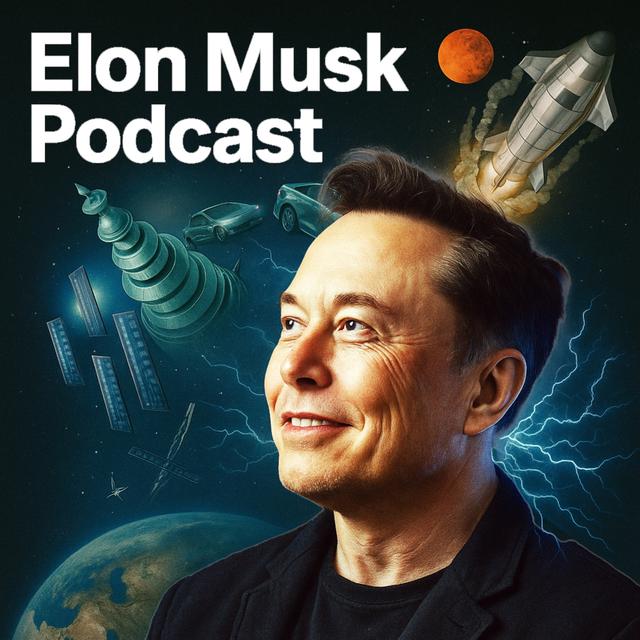SpaceX has set a launch target of May 27th, 2025 at 2330 UTC for Starship Flight 9. The launch will take place at * Base, the company's private site in Buccateeka, Texas. However, the mission is still waiting for a green light from the Federal Aviation Administration, which must first conclude its investigation into the failed Starship Flight 8. This flight will use Ship 35 and Super Heavy Booster 14-2. Ship 35 is a newer version of the vehicle known as a Block 2
prototype. Booster 14-2 is notable because it previously flew on Flight 7 and will now be launched again, making it the first reused Super Heavy booster. Flight 9 will not include a catch attempt with the launch
tower arms. Instead, Booster 14-2 will attempt to control descent and soft splashdown in the Gulf of Mexico. Ship 35 will continue into orbit, re enter Earth's atmosphere and aim for a water landing in the Indian Ocean. Starship has flown before, but none of those tests combined orbital insertion, full re entry, and controlled recovery of both stages. If successful, Flight 9 will prove the system can work from
start to finish. The booster will use 33 Raptor engines, with 29 of them having flown before. The Raptor 3 engine is a key upgrade. It's lighter, simpler to produce, and generates up to 280 tons of thrust per engine. With a specific impulse of 350 seconds. Each engine weighs about 1525 kilograms. Ship 35 has 6 Raptor engines, three designed for sea level operations and three vacuum
optimized for use in space. Both stages burn a cryogenic mix of liquid methane and liquid oxygen known as metalox. These fuels are cooled near their freezing points, increasing energy density and improving efficiency. Thermal protection is another key area of testing. Starship's black heat shield tiles can survive temperatures
up to 1400°C. Flight 9 will include experiments using fewer tiles, experimental active cooled systems, and possibly ablative materials, all aimed at improving reusability while saving weight. The flight profile starts with lift off from Starbase Texas.
Once the booster separates, it will turn, reignite some engines and splash down in the Gulf. Ship 35 will continue into orbit, coast for several hours and then perform a re entry burn to slow down before attempting a soft water landing in the Indian Ocean. SpaceX may also include test payloads. These could include simulated Starling satellites or structural mass simulators.
One goal is to fly a trajectory that stresses the vehicles control flaps to gather real world data for future design updates. Flight 9 is also a test of durability. Reusing Booster 14-2 checks whether the hardware can withstand stress from multiple missions. Even though the booster won't be recovered for reuse this time, bringing it down softly allow SpaceX to inspect its performance and tweak future
designs. The new heat shield materials and experimental designs on Ship 35 help SpaceX figure out what works best. Some tests will stress the vehicle in ways it hasn't been tested before, especially on re entry. These real world trials are the only way to validate systems before using them on operational missions. SpaceX still needs regulatory approval before it can fly. The FAA is reviewing what went wrong in Flight 8 before giving permission for this next test.
Until that process ends, the May 27th date is a target, not a guarantee.
